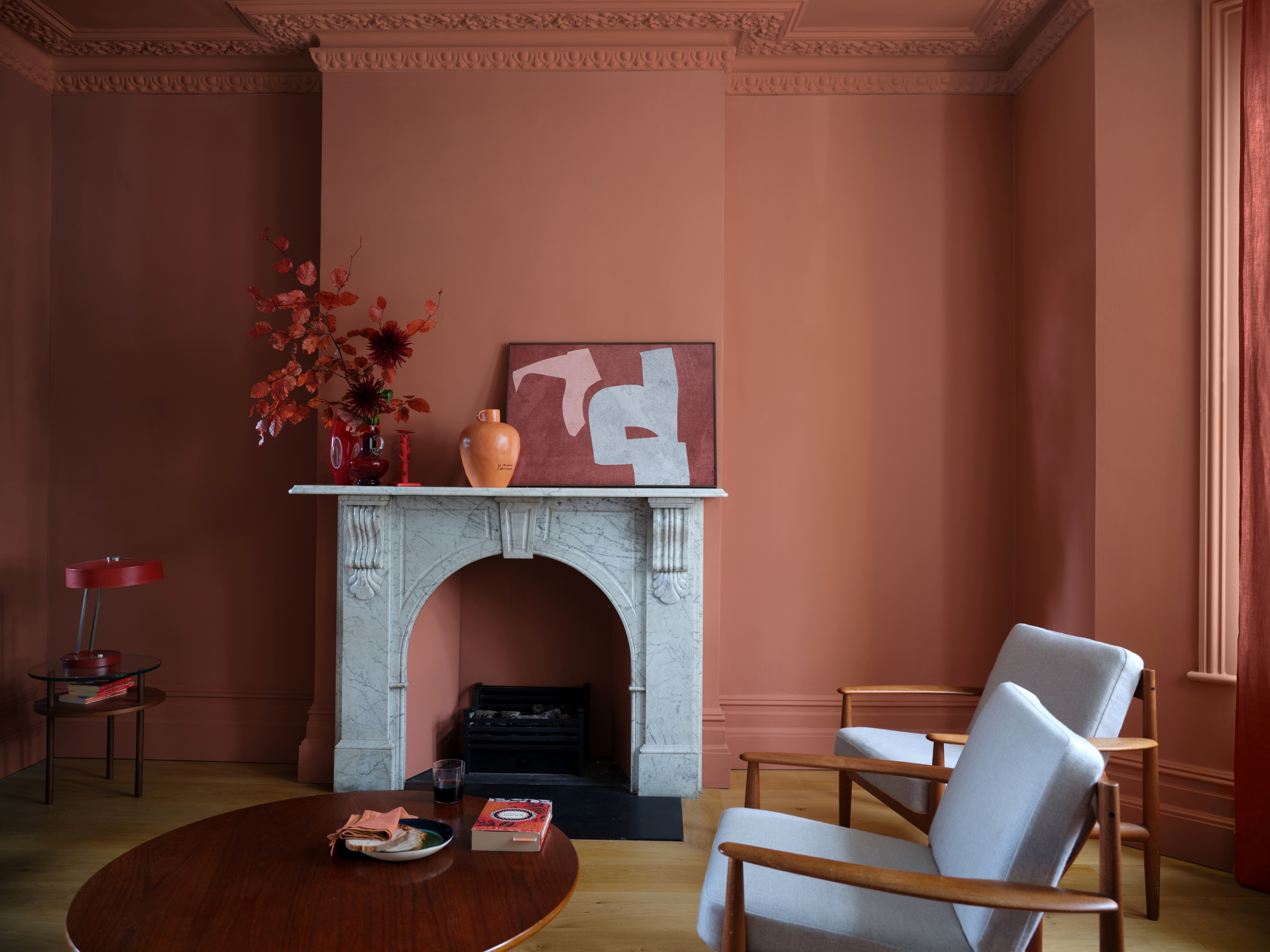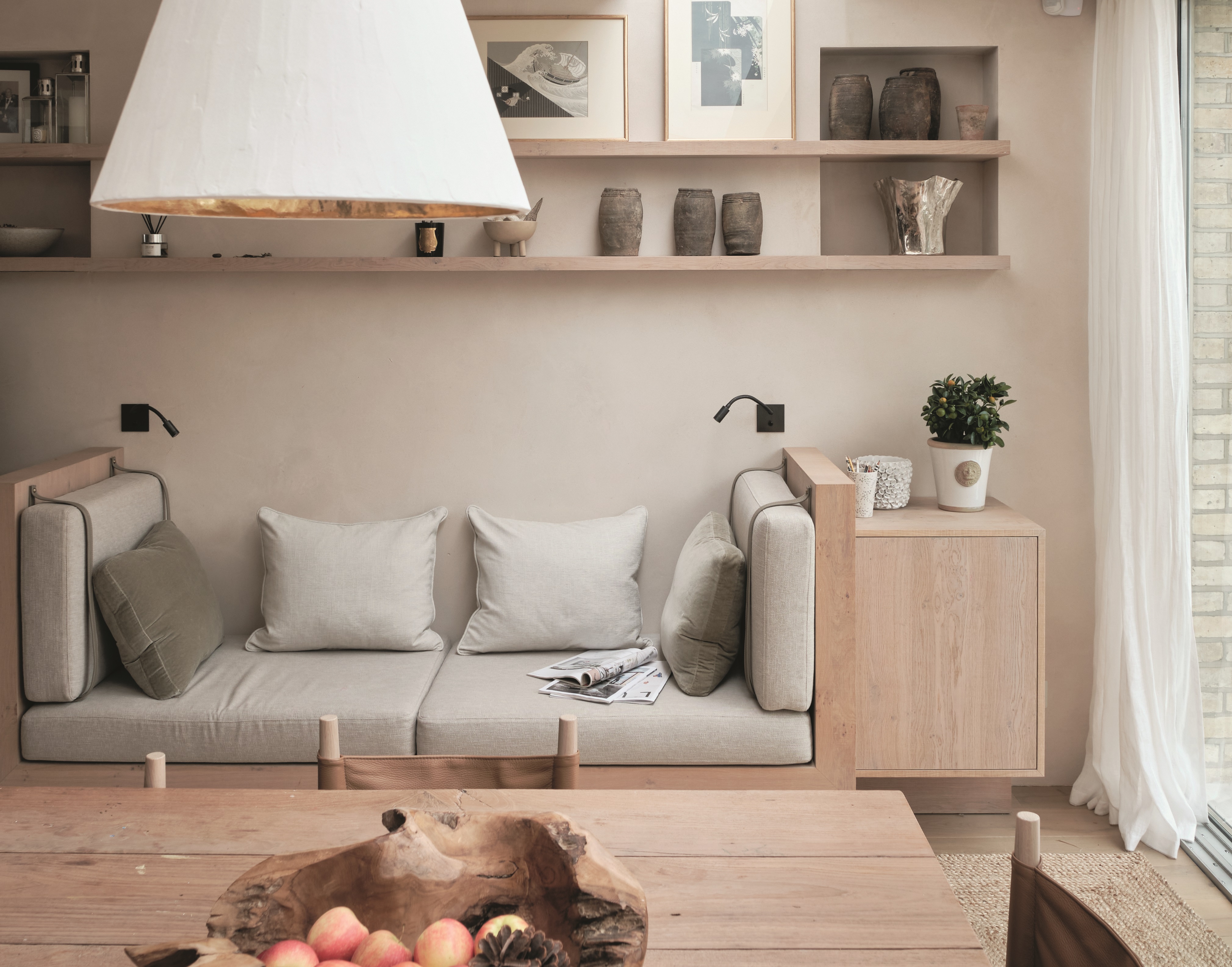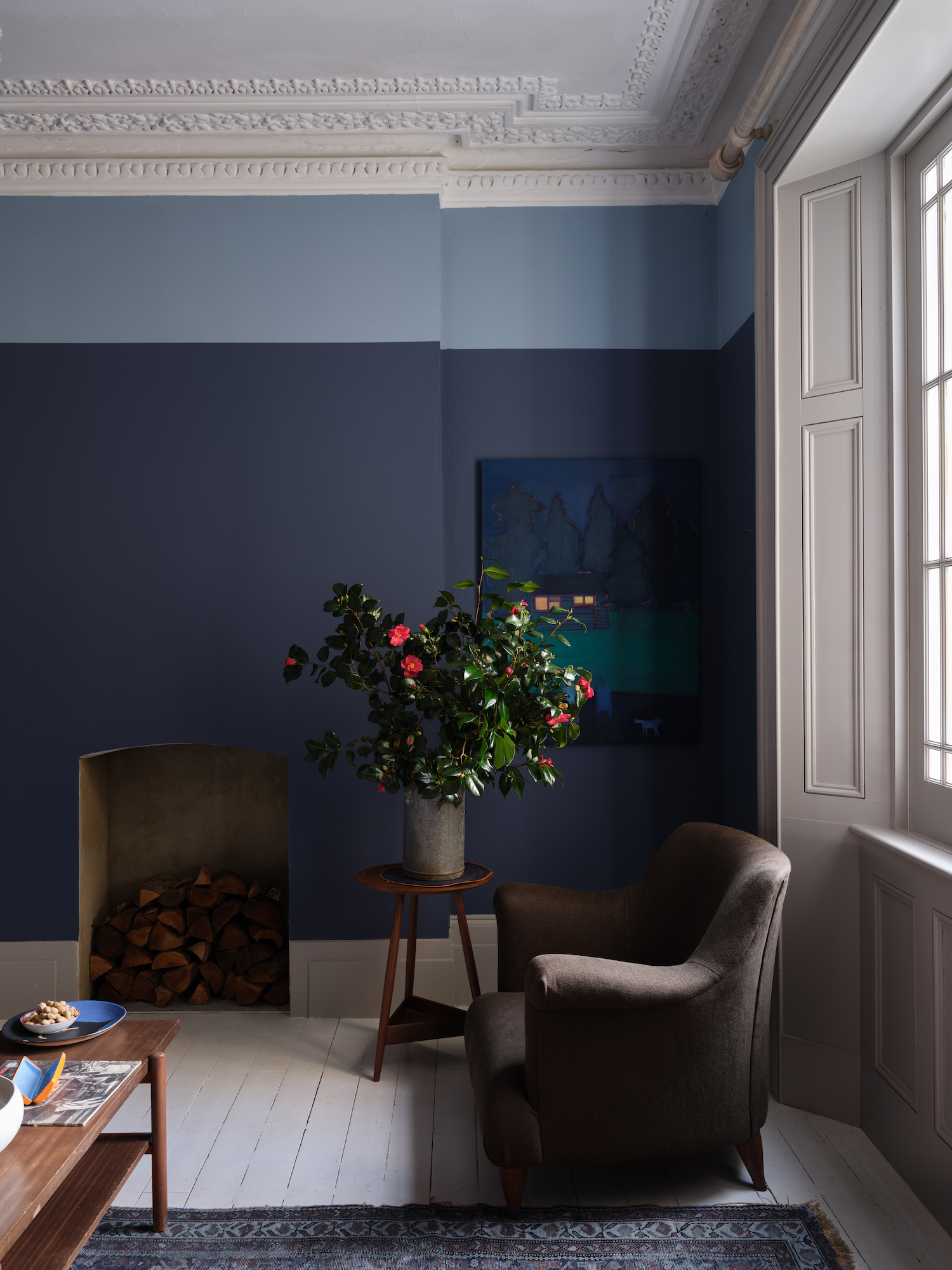
Painting is deceptively simple. Brush, paint, wall. The hardest part is color selection. Or so we thought. Professional decorators have revealed to us the mistakes they continually notice in homes. Now we can't look at our walls the same.
A fresh lick of paint remains is the easiest and cheapest way to instantly elevate a room. Unless you are a seasoned DIYer, painting is one of the only upgrades we feel confident doing ourselves. Within one day you can dramatically change the look and feel of your space in line with color trends and interior design aesthetics. But this transformative quality is only as good as the application, and we are now aware that our slapdash technique isn't cutting it.
Once you hear these mistakes you will be cursing that you didn't notice them earlier. Thankfully there are some easy solutions that will get your paint job up to a professional standard. Before you get stuck into your quick weekend overhaul make sure you're not making any of these mistakes.
1. Skipping prep

Wait, you can tell we didn't prime our walls? Apparently yes is the answer according to our experts, who all agreed that skipping out on the prep work is the biggest mistake people make when diving into a painting project.
'It's like showing up for a marathon without your running shoes,' says painting and decorating expert Bob Thomas. Prep work is a real labor of love, but we think the hard work is well worth it for beautifully smooth walls. This is a straightforward fix that just requires a little time and effort.
'Walls need TLC before they're ready for a fresh coat of paint,' says Bob, 'clean those surfaces, smoothen out the rough patches with some sanding, and lay down a primer. It's a bit of a workout but absolutely worth it.'
It can be tempting to push into an exciting project, and we are just as eager as you to try out new living room color trends, but resist the urge and get stuck into some prep work. The end result will be far superior.
2. Flaking paint
It can be incredibly frustrating to notice areas of flaking paint after you have spent hours redecorating. Although you might think you can get away with it, you can't and it's one of the first things professionals notice when they walk in the room. Luckily it is entirely avoidable.
'When a paint film lifts away from the substrate there is clearly a problem with lack of/loss of adhesion,' Graham Walmsley Product and Technical Trainer at Farrow & Ball. 'There are a few common factors that may cause this including trapped moisture within the surface, a contaminant that was not cleaned off prior to painting, or the failure to use the correct primer/undercoat,' he explains.
There is an easy fix to this issue, and it boils down to prep, again. Once you notice the issue scrape back the paint and assess what the cause is before proceeding. For moisture allow the area to fully dry out, and if you suspect a contaminate, thoroughly clean the area before redecoration.
'An important point, and something overlooked by many DIYers is that surfaces should be cleaned before being sanded!' he says, 'I know this can sound a little counterintuitive but imagine sanding a kitchen cupboard before painting – it is likely that you have just worked dirt further into the existing paintwork with your sandpaper. I would always recommend cleaning surfaces with sugar soap first followed by rising with clean water – allow to dry and then start your sanding process.'
This sugar soap on Amazon is inexpensive, and will save you a lot in the long run.
Graham doesn't want to see any more flakey paint so ensure you have solid prep as part of your paint system.
3. Cheap paint and tools
We all love a bargain, and painting is traditionally one of the most inexpensive home improvements to make. With so many paint trends to try it seems economical to do it yourself and reduce costs. However there are times when we shouldn't cut corners, and quality paint and brushes are one of them.
'Cutting corners on paint or brushes just leaves you with a disappointing finish,' says Bob, 'Quality paint and brushes are the way to go for a finish that's smooth and stands the test of time.'
Thankfully we have come a long way in terms of great quality paint options. There is an abundance of colors and finishes for every project. Including some pretty cool collaborations such as the Backdrop X Porsche collab, for all you classic car lovers. There is no excuse for streaky paint. Invest in some quality materials and breathe some life into your home that will stay fresh for longer.
4. Flashing
No, not that kind of flashing. Paint flashing is where the application looks uneven and streaky, and it is a pet peeve of professional painters. There are three reasons this occurs, therefore three more mistakes for you to avoid.
'For the most part, this is due to poor application where the edges of the wet paint have not been kept ‘alive’. Instead, the edges have been allowed to dry very slightly (become partially set) and, as the next stroke of paint overlaps an increase or build up of paint is created,' says paint expert Graham Walmsley.
However, it can also be down to an inadequate primer being used (or skipped altogether), or working in too hot of an environment, causing the edge of the paint to dry too quickly.
To remedy this, ensure a moderate room temperature, heatwave painting is not advised. Follow the correct method of application, whether that be by brush or roller to get an even coverage. And get the most out of your paint by using an undercoat in the correct tone to create an even coverage.
5. Wrong paint choice

This is one you might not have thought of, but professionals notice when you have selected the wrong paint color and finish. With a plethora of paint colors to choose from it can be an overwhelming decision, so it is important to take your time as you might be stuck with the consequences for a while.
'Every surface, whether it’s wood, sheetrock or brick, requires a different type of paint,' says David Sutter, President of Five Star Painting, a Neighborly company. 'If you make the mistake of using the wrong paint, it can cause problems like peeling or bubbling.'
Choosing the wrong color and finish for your project can be an obvious mistake, highlighting the importance of sampling colors. It can be difficult to get a proper impression from a tiny piece of card in the DIY store, so make sure you take some paint home and properly test it out.
'Paint shades can be as fickle as a mood ring, looking different depending on the light or what other colors they're near,' says expert painter Bob Thomas. 'So before you commit to a color, test it out on a small part of the wall. Check it at different times of the day to make sure it's really "the one".'







